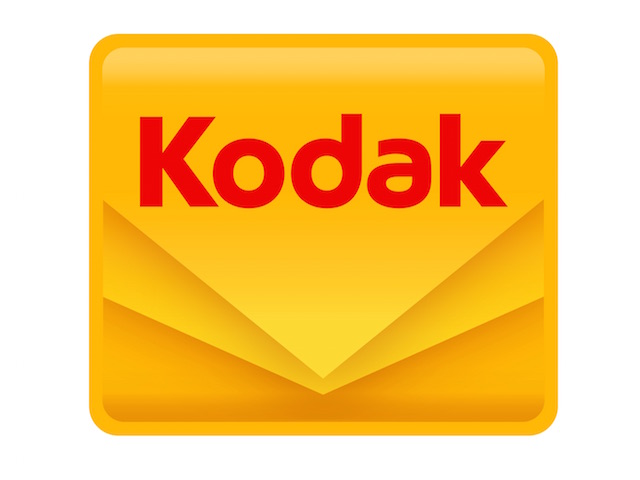Imagine you were overcharged by four dollars for a home delivered Chinese meal. Would you harrass the restaurateur and demand extra payments? The story of Ben Edelman and Boston’s Sichuan Gardens Chinese restaurant illustrates the importance of a business having an up to date website.
Boston.com describes the saga of when Edelman ordered a delivery of $53 worth of Chinese food, on checking the bill he found he had been charged four dollars more than the restaurant’s website indicated.
Edelman, an associate professor at Harvard Business School, didn’t take this injustice lying down; he contacted the restaurant and when the proprietor, Ran Duan, admitted the prices on the website were out of date Edelman demanded twelve dollars — in line with the typical damages awarded against overcharging businesses under Massachusetts state law.
Update: Since posting this, Ben Edelman has apoligised to Ran Duan and Sichuan Gardens.
Keeping things current
While the matter between Edelman and the Sichuan Gardens remains unresolved the dispute illustrates why it is so important for small businesses to keep their website current.
At least Sichuan Gardens has a website as many Australian hospitality establishments don’t bother and, when they do, often neglect the basics like opening hours, location, telephone number and other contact details. It costs business as potential customers can’t find them.
To be fair to Ben Edelman many of us who’d been overcharged four dollars would probably not bother contacting the restaurant, we’d be more likely to order from someone else next time we felt like having Chinese delivered. At least the professor let the establishment know they had a problem.
For those restaurants and cafes who do have a website, often the menus or rates are out of date and are in formats — usually PDF documents — that can’t be indexed by Google, meaning potential customers searching the web for ‘braised fish fillets with and Napa cabbage with roasted chili’ might be missing out. Menus should be on the site as their own web page in HTML format that search engines can read.
Once a menu is published on a website, it’s necessary to keep it up to date. Having out of date prices on menus is just as much a breach of Australian consumer laws as it is in Massachusetts, so there’s legal aspects to having current information on the site as well.
Losing customers
Probably the biggest risk for most restaurants and cafes though is lost business because those potential customers can’t find you. Wasting hours arguing with angry customers like Ben Edelman is also a genuine cost to the business as well.
With most proprietors and managers in the hospitality industry being chronically short of time, it’s essential websites are easy for staff to access and update; the days of complex updating tools or paying your web guy a couple of hundred dollars every time you want to change a page are long gone. Systems like WordPress, Blogger or Wix offer free services which are adequate for getting the basics up on line quickly.
Social media listing are important too, with most customers searching on their smartphones for venues; having a basic Google My Business page and a Facebook listing are the least you can do to help your customers find your establishment.
Ultimately none of us want fights with our customers, so letting them know who you and what you charge is plain good business sense. With so many other businesses not having a basic web presence also gives you the advantage over the competition.
Similar posts:




